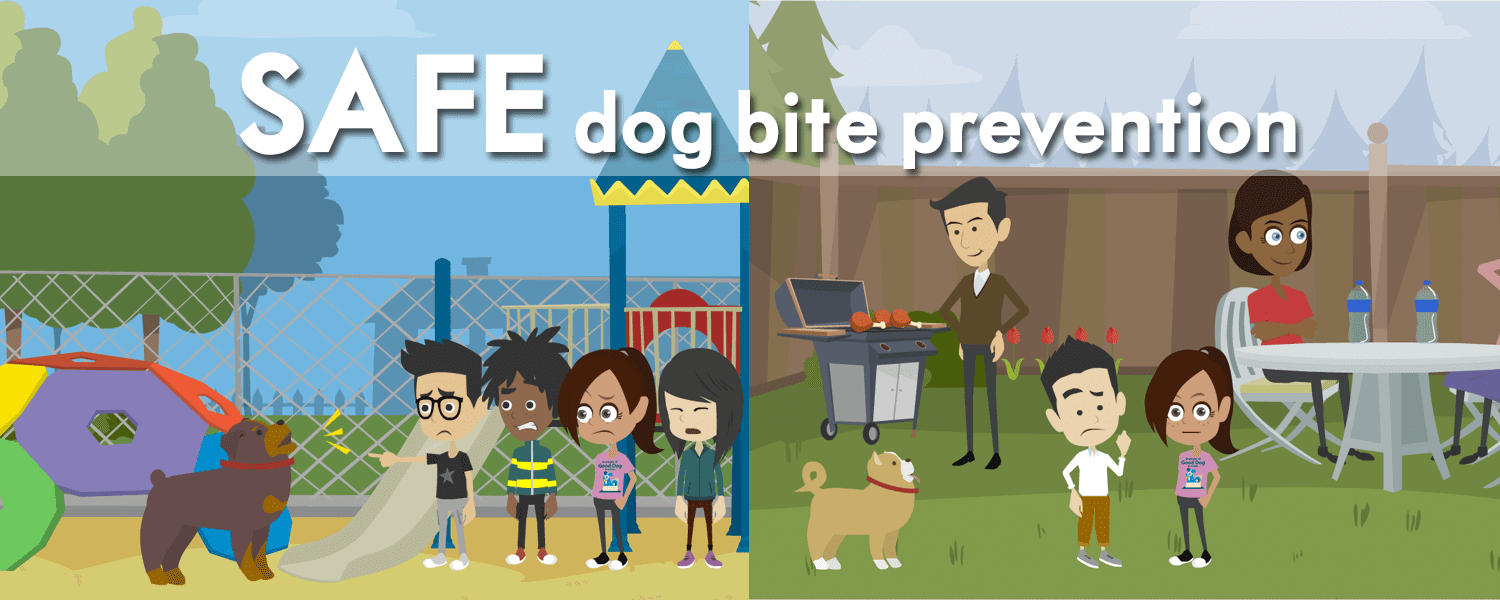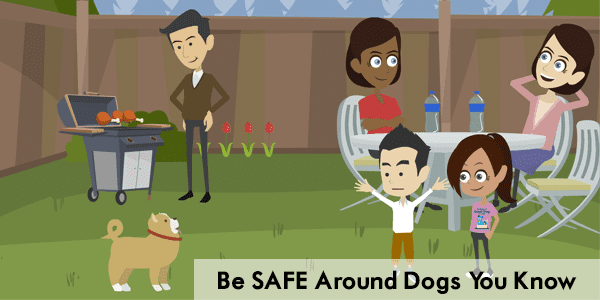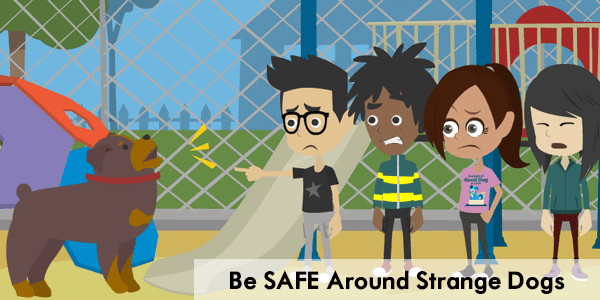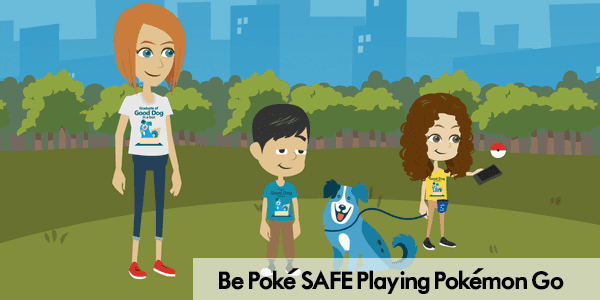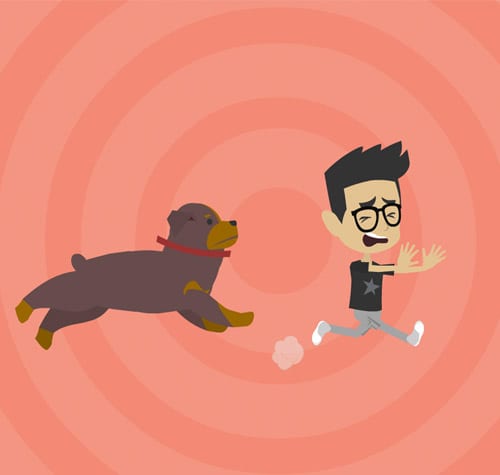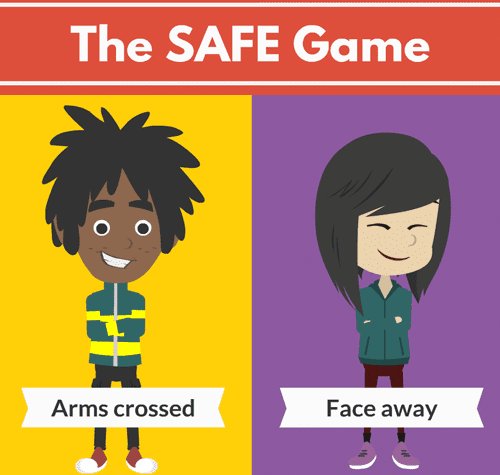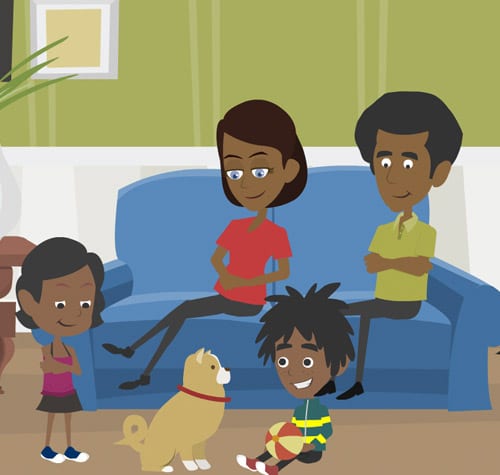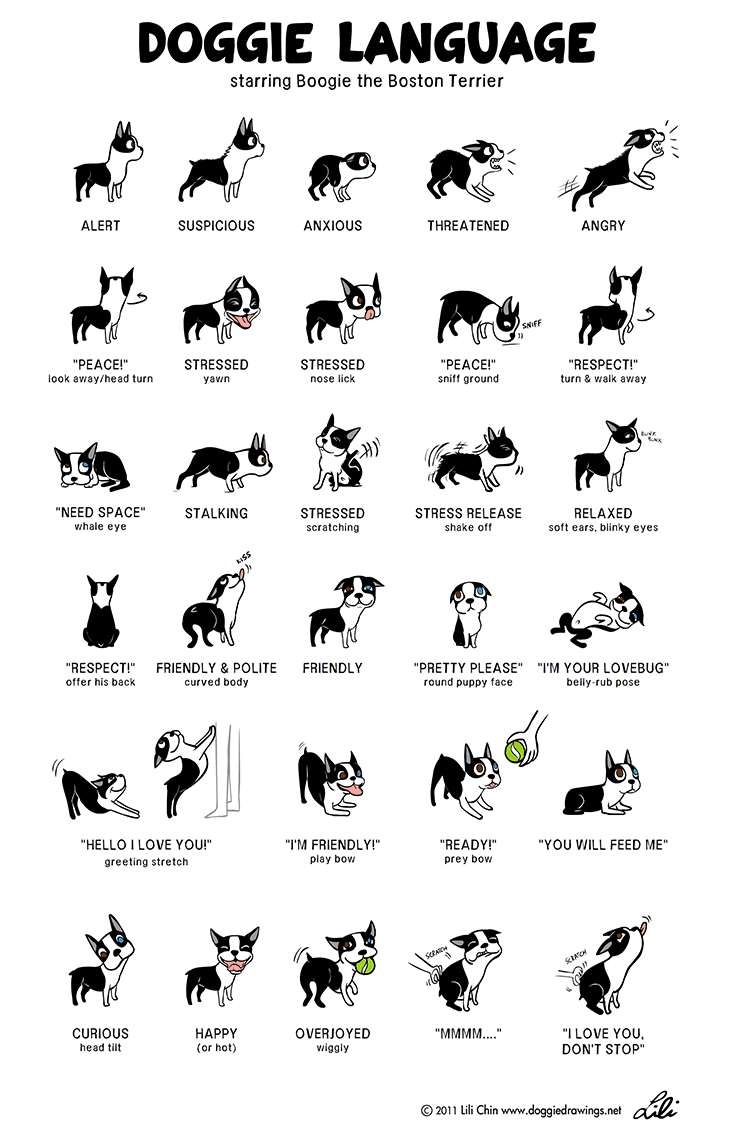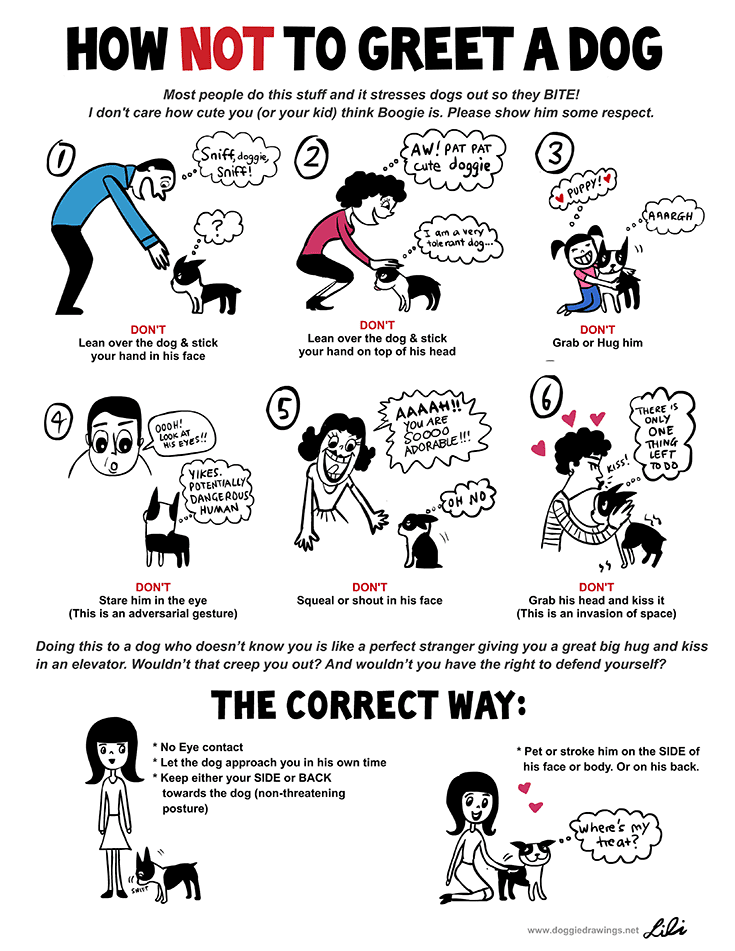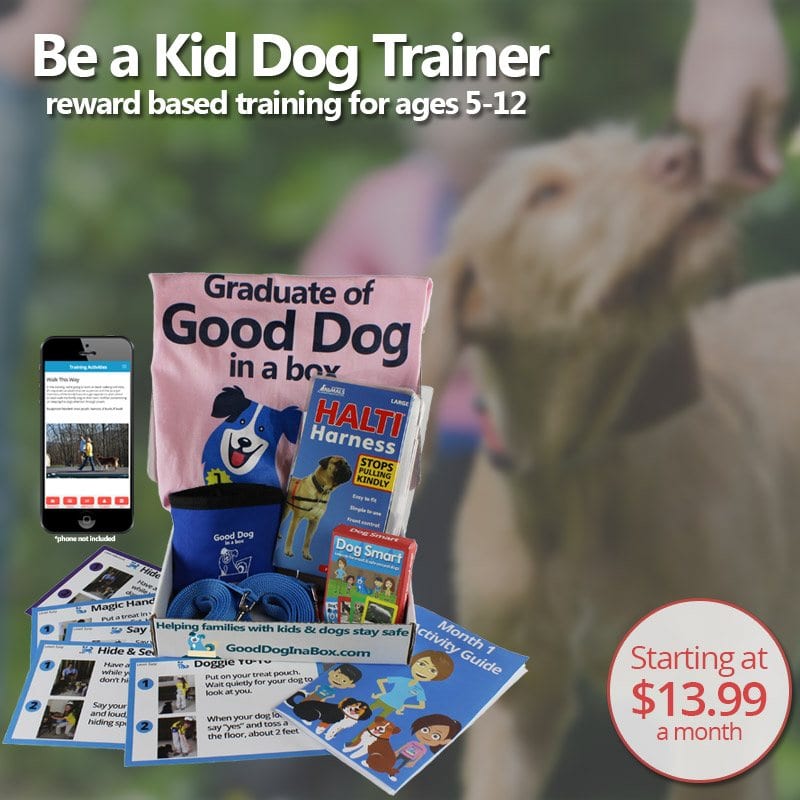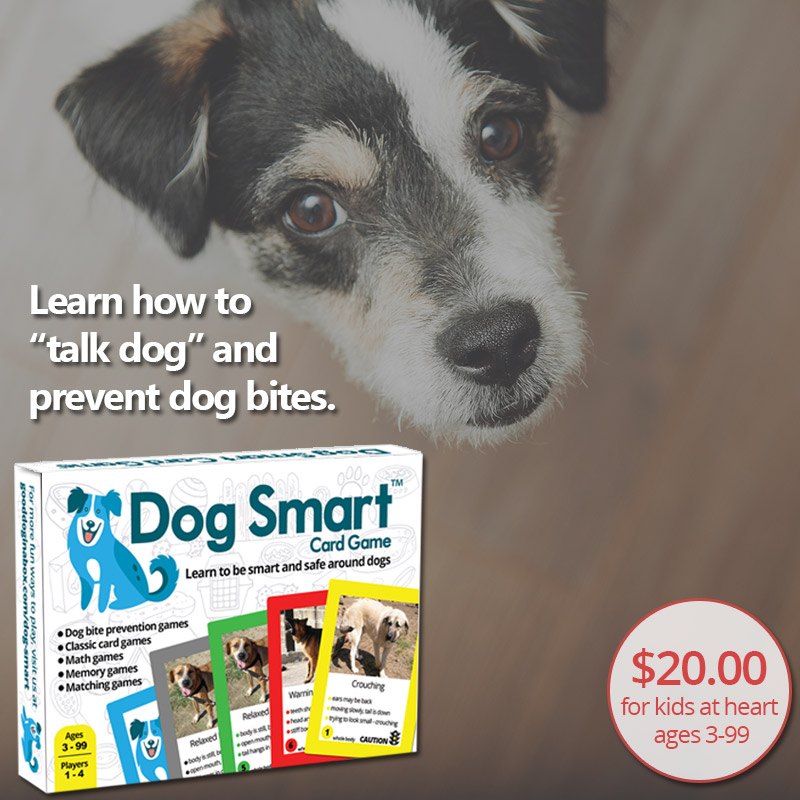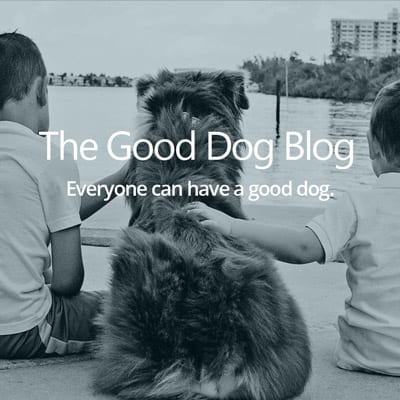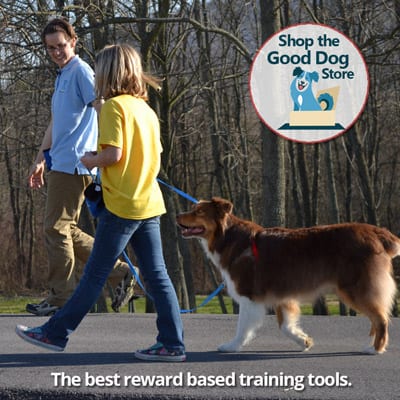Be SAFE Around All Dogs
Use the Free SAFE Dog Bite Prevention Program for Kids
Dog bites are scary, but dog bite prevention shouldn’t be. We developed SAFE to make is easy and fun to talk to children about dog bite prevention. SAFE teaches children of any age practical skills that can help them be safer around dogs they know and dogs they don’t know.
SAFE has 4 simple steps that can be played as a game to help children avoid dog bites. SAFE gives you fun materials that you can use to start the important conversation about dog safety with your family. Teach your children how to be smart and and safe around all dogs.
Watch the SAFE Videos
For dogs you know and dogs you don’t know
Be SAFE Around Dogs You Know
Be SAFE Around Strange Dogs
Dog Bites Can Be Prevented
4 Steps can help children avoid becoming a dog bite statistic
According to the American Veterinary Medical Association (AMVA), more than 4.5 million people in the United States are bitten by dogs every year. Almost 1 in 5 people bitten by dogs require medical attention, and by far, the most common victims of dog bites are children. In many cases, these incidents could be prevented with better education for children and their parents.
The nature of children to be curious, loud, and sometimes a bit rough, can easily contribute to why a dog could bite. Even family dogs can become stressed by a combination of factors that can cause a bite or attack on a child. SAFE teaches children of any age what to do when a dog approaches that they don’t know and how to properly interact with a dog they do know. These 4 simple steps can defuse a potentially dangerous situation, especially when an adult is not nearby.
Playing the SAFE Game is a Great Beginning to Dog Bite Prevention
Increase your knowledge of why some dogs bite
As adults, the more we know about dogs and dog behavior, the more we can teach our children about how to stay safe around all dogs. Dogs have a lot going on in their furry little heads. They are complicated beings with feelings and thoughts and behaviors, some of which we like and some of which we don’t. But if we stop to learn about what they like and what they don’t in our behavior, it makes understanding what they are trying to tell us a bit easier.
What are factors that contribute to why some dogs bite?
- Hugs and Kisses: It is an unfortunate statistic that 66% of children under 4 that are bitten by dogs receive bites to the head and neck (AVMA.) And this age group is also the most likely to want to give unsolicited hugs and kisses to every dog they encounter.
- Stress Signals are Ignored: Contrary to the dog bites occurring “out of the blue,” most dogs will attempt to communicate their stress through body language long before a bite occurs. Examples are yawning, tongue flicks, shaking off, and looking away. If a dog’s signals are continually ignored, some dogs will escalate to growling and biting.
- Lack of Supervision: Parents are busy multi-tasking the day away and paying attention to every interaction between dogs and young children can be a challenge. The reality is that most bites occur without adult supervision.
What Can You Do to Help Your Children Avoid Dog Bites
Simple steps that make a difference
- Show Love Without Hugs and Kisses: Teach your children to show affection to the dog in other ways. Demonstrate gentle petting, giving treats, or helping to prepare the dog’s meal as ways to show the dog love. If they want to kiss the dog, teach them to blow the dog a kiss. Teach your children to respect the dog’s body and the dog’s space.
- SUPERvision: If you’re not there providing active, adult supervision, you can’t provide guidance to your children or the dog. Children under 12 must be supervised around dogs. If you can’t be there giving 100% of your attention, separate young children and dogs with baby gates or crates. Create child free zones that your dog can retreat to when they need a break.
- Modeling: Be a good example for your children by modeling appropriate behavior towards dogs. If you are rough or physically discipline your dog, your child will too. Be kind, be fair. Teach your dog the rules of the house through reward based training. Involve your children in the process and show your children that the best way to get rewards is through good behavior.
- Education: Learn about how dogs communicate with their bodies. Dogs are really talking to us all the time. Pay attention to the subtle signs and signals that your dog is using. Use the chart below as a starting point.
- Play the SAFE Game: Have your children watch the fun and entertaining SAFE videos and download the free children’s ebooks, wall charts, and coloring pages.
With the proper education, children of all ages can be safe around dogs.
Dog Body Language
Dogs really can speak. You just have to know their body language.
Learn the subtle signs of stress or anxiety that can indicate a dog’s discomfort. Dogs can’t tell us when they are uncomfortable, but they do communicate through their body language. These signals can range from yawning to lip licking to a head turn and are precursors to growling and bites. If you see a dog giving these signals when they are interacting with your child, it is your responsibility to step in and redirect your child or the dog.
Teach your children to respect the dog’s space and the dog’s body. Just because one dog tolerates being crawled on or grabbed or mounted like a horse doesn’t make it appropriate, safe or fair to that dog or any animal. Don’t allow your child to treat the dog like one of their toys. Do teach your child gentle touch, soft petting on the areas of the dog’s body that the dog enjoys. Allow the dog to have a choice to end the interaction and a space to retreat to when they need a break that the child cannot access.
Meeting a New Dog
Think about your actions around dogs and children
Model appropriate behavior around dogs. Even dog savvy adults can throw good judgment out the window when they meet an especially cute pup. Remember that your children are watching you and cuing off of your behavior in every situation. It is most important that you follow safe and appropriate behaviors such as asking the owner permission to approach the dog, letting the dog make the choice to approach you, gently petting on the dog’s side, and giving the dog the choice to continue or end the interaction.
No kissing and no hugging the dog. This is a very difficult task for adults as well as children. We love to hug and feel close to those we care about. And it is not uncommon for children to want to hug and kiss every dog they encounter. Dogs, on the other hand, do not show affection in the same ways and hugging and kissing can feel very uncomfortable to them. If your dog does tolerate hugs and kisses, it does not mean that every other dog will. Ask your child if they enjoy being hugged and kissed by people they just met. You can teach your child many other safer ways to show how much they love dogs.
Take a Stand Against Dog Bites
Education for adults and children is key
Any dog can bite, regardless of how long you’ve had your furry friend or how well you think you know him. Unfortunately, many dog bites result in a dog being surrendered to an animal shelter. According to the ASPCA, approximately 1.2 million dogs are euthanized each year.
Help stop the growing number of dog bites and the number of dogs being left at shelters. Educate yourself and your children about proper behavior around dogs, how to greet a dog, and how to respect dogs. A little understanding goes a long way to building a better relationship between your dog and all your family members.

